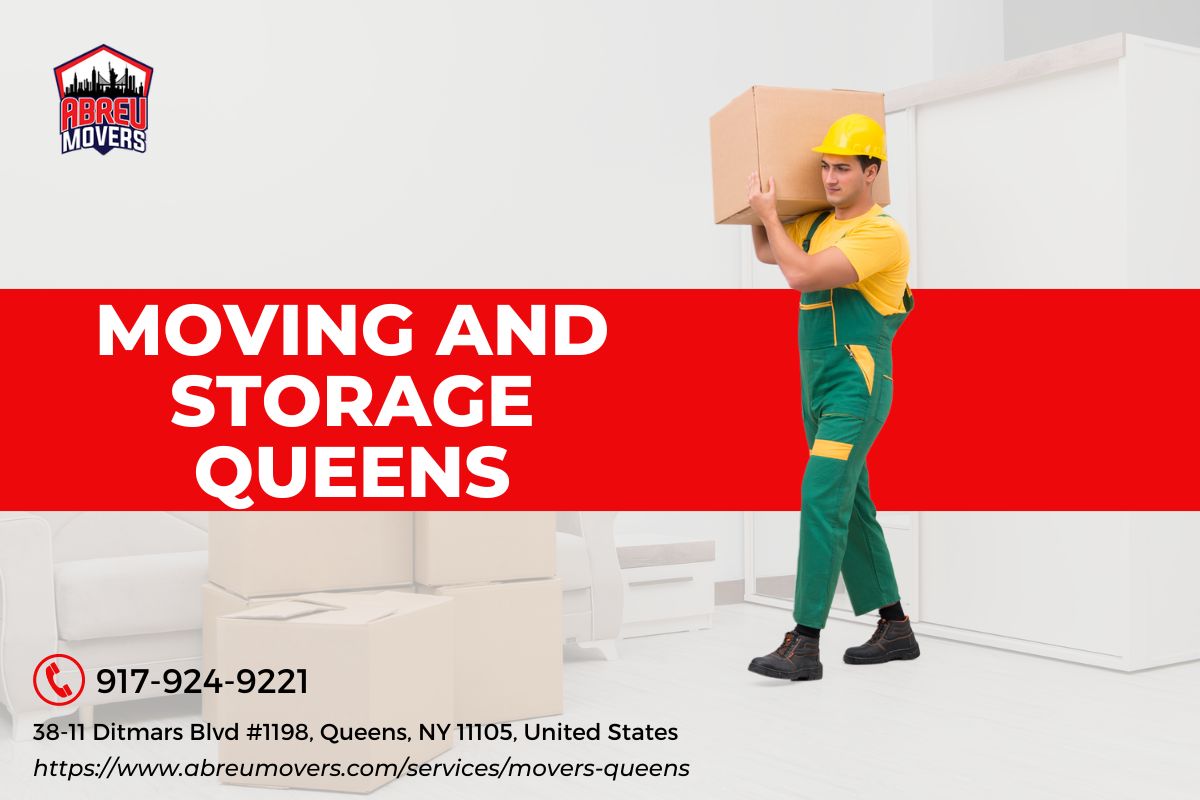


Introduction
Moving to a new home can be an exciting yet stressful experience, not just for humans but also for our furry friends. Pets are sensitive http://cruzvxyy265.raidersfanteamshop.com/moving-with-delicate-collectibles-ensuring-their-safety-during-the-move-in-queens creatures who thrive on routine and familiarity, so the disruption caused by moving can be particularly distressing for them. As responsible pet owners, it is our duty to ensure their comfort and safety throughout the moving and packing process. In this article, we will discuss some essential tips and strategies to keep your pets calm and safe during a move.
The Importance of Planning Ahead
Why is planning ahead crucial when moving with pets?
Planning ahead is crucial when it comes to moving with pets because it allows you to anticipate potential challenges and make necessary arrangements in advance. By taking proactive measures, you can minimize stress for both yourself and your beloved companions.
How far in advance should you start planning for a move with pets?
It is recommended to start planning for a move with pets at least two months in advance. This timeframe will give you ample time to research pet-friendly neighborhoods, find suitable accommodations, schedule veterinary visits, update identification tags, and make necessary travel arrangements.
What are the key considerations when choosing a new home or neighborhood?
When choosing a new home or neighborhood, there are several key considerations to keep in mind:
Pet-friendly amenities: Look for parks, walking trails, and other pet-friendly amenities in the area. Nearby veterinary care: Ensure that there are reputable veterinary clinics or hospitals nearby. Noise levels: Consider the noise levels in the neighborhood as excessive noise can cause anxiety in pets. Pet policies: If you're renting, make sure the landlord allows pets and inquire about any restrictions or additional fees. Accessibility: Is the new home easily accessible for your pet? Consider factors such as stairs, elevators, or long walks from parking areas.Preparing Your Pet for the Move
How can you prepare your pet for the upcoming move?
Preparing your pet for the upcoming move is essential to minimize anxiety and ensure a smooth transition. Here are some steps you can take:
Maintain routine: Stick to your pet's regular feeding, exercise, and playtime schedule as much as possible. Consistency is key to keeping them calm. Introduce packing gradually: Start packing a few weeks in advance, allowing your pet to acclimate to the changes gradually. Familiarize them with carriers or crates: If your pet will be traveling in a carrier or crate, introduce it well in advance and make it a positive experience by providing treats and comfort inside. Update identification tags and microchips: Ensure that your pet's identification tags are up-to-date with your new contact information. Consider microchipping them if you haven't already done so. Visit the veterinarian: Schedule a visit to the veterinarian for a general check-up, vaccinations, and any necessary medications for the journey.Moving Day Preparations
What should you do on moving day to keep your pets calm?
Moving day can be chaotic, but with proper preparations, you can minimize stress for both yourself and your pets. Here are some tips:
Secure a safe space: Set up a quiet room in your old home or designate an area in the new home where your pets can stay during the moving process. Make sure they have access to food, water, bedding, and familiar toys. Keep them away from movers: To avoid accidents or injuries, keep your pets confined in their safe space or consider boarding them at a reputable kennel during the moving process. Use pheromone sprays or diffusers: Pheromone sprays or diffusers emit calming scents that can help reduce anxiety in pets. Consider using them in the safe space or carrier. Stick to their routine: As much as possible, maintain your pet's regular routine of feeding, exercise, and playtime amidst the chaos of moving. Provide reassurance and comfort: Spend time with your pets, providing reassurance, cuddles, and comfort during this stressful time.Traveling with Pets
How can you ensure a safe and comfortable journey for your pets?
Traveling can be particularly challenging for pets, especially if they are not accustomed to car rides or long journeys. Here are some tips to ensure a safe and comfortable journey:
Secure them properly: Use a sturdy pet carrier or crate that is appropriate for your pet's size. Ensure it is well-ventilated and securely fastened in the vehicle. Pack essentials: Bring along food, water, medications, comfort items (like blankets or toys), waste bags, and any necessary documentation (such as health records or identification papers). Take frequent breaks: During long journeys, make regular stops to allow your pets to stretch their legs, relieve themselves, and have a drink of water. Never leave them unattended: Never leave your pets unattended in the vehicle, especially during hot weather conditions. The temperature inside a car can rise rapidly and become life-threatening. Consider sedation if necessary: If your pet experiences extreme anxiety or motion sickness during travel, consult with your veterinarian about potential sedatives or calming aids.Settling into Your New Home
How can you help your pets adjust to their new environment?
Moving into a new home can be overwhelming for pets as they navigate unfamiliar surroundings. Here are some strategies to help them adjust:
Gradual introduction: Allow your pets to explore their new home gradually. Start by confining them to one room and gradually expand their access as they become more comfortable. Familiar scents and belongings: Surround your pets with familiar scents and belongings, such as their bedding, toys, or unwashed clothing that carries your scent. This will provide them with a sense of security and familiarity. Stick to routine: As much as possible, maintain your pet's regular routine of feeding, exercise, and playtime in the new home. Consistency will help them feel more secure. Explore together: Take your pets on supervised walks around the neighborhood to help them become familiar with their new surroundings. Use positive reinforcement and treats to reward calm behavior. Patience and reassurance: Be patient with your pets as they adjust to the new environment. Provide reassurance, cuddles, and plenty of love during this transition period.Frequently Asked Questions (FAQs)
Q1: How long does it take for pets to adjust to a new home?
A1: The time it takes for pets to adjust to a new home can vary depending on their personality and previous experiences. Some pets may settle in within a few days, while others may take several weeks or even months. Patience and consistency are key during this adjustment period.
Q2: Should I hire professional packers and movers when moving with pets?
A2: Hiring professional packers and movers can be beneficial when moving with pets as it allows you to focus on their well-being without the added stress of packing and transporting your belongings. Professional movers are experienced in handling delicate items and can ensure a smoother transition for both you and your pets.
Q3: What should I do if my pet becomes anxious or stressed during the move?
A3: If your pet becomes anxious or stressed during the move, try to provide a calm and reassuring presence. Use positive reinforcement techniques, such as treats or praise, to reward calm behavior. Consider consulting with a veterinarian about potential calming aids or medications if necessary.
Q4: How can I prevent my pet from escaping during the move?
A4: To prevent your pet from escaping during the move, ensure that all doors and windows are securely closed and locked. Consider using baby gates or pet barriers to restrict their access to certain areas of the home. If necessary, use a leash or harness to keep them safely restrained.
Q5: Can I hire professional pet movers for long-distance moves?
A5: Yes, professional pet movers specialize in transporting pets over long distances. They are equipped with the knowledge and resources to ensure the safety and comfort of your pets during transit. Research reputable pet moving companies and discuss your specific needs with them.
Q6: What signs should I look for to determine if my pet is stressed or anxious?
A6: Signs of stress or anxiety in pets can vary but may include excessive panting, pacing, drooling, restlessness, loss of appetite, hiding, aggression, or excessive vocalization. Monitor your pet closely for any changes in behavior and consult with a veterinarian if you have concerns.
Conclusion
Moving and packing with pets can be challenging, but with proper planning and preparations, you can ensure their calmness and safety throughout the process. By maintaining routines, providing reassurance, securing safe spaces during the move, and helping them adjust to their new environment gradually, you can minimize stress for your furry friends. Remember to be patient and understanding as they navigate this significant life change. With your love and care, they will soon settle into their new home and continue to bring joy to your life.